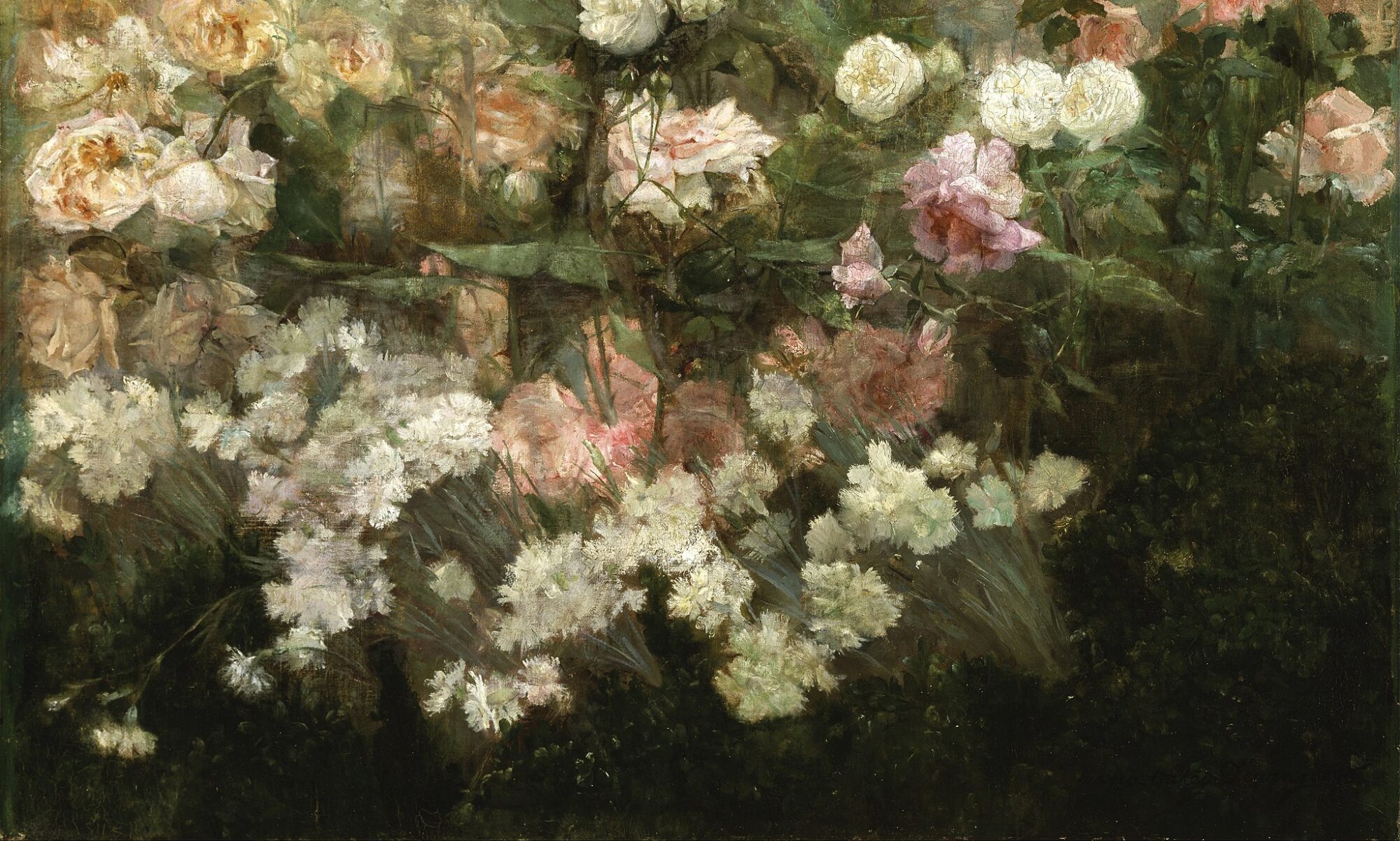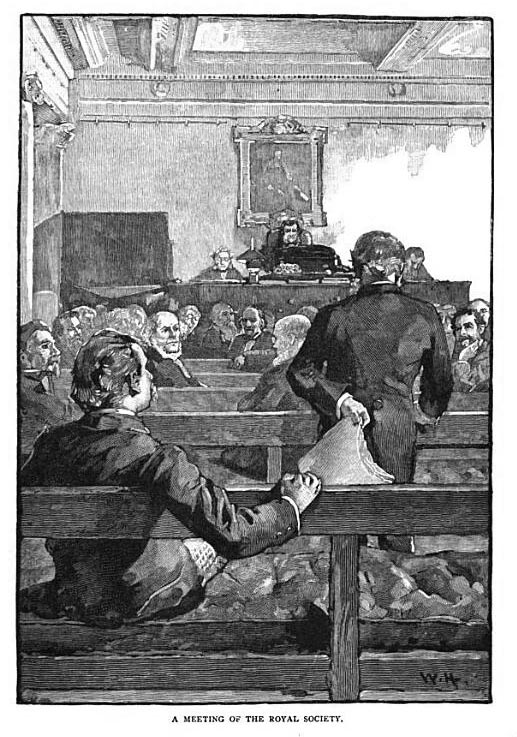Shhh. I’m supposed to be writing fiction. I took a break to look for images for my new Facebook page (please like it, pretty please), when I came across “London Cooking-Schools and Their Teachers” in a 1902 issue of The Lady’s Realm. I couldn’t stop myself. I excerpted some interesting (and infuriating) bits, but please take a look at the entire article if you interested in the names of the schools and the teachers.
Here are eighteen girls from the School Board, ranging in age elven to fourteen, learning to be clever little housewives and competent cooks of the working man’s dietary. Forty happy hours of their school year are spent here in the concoction of “poor man’s venison,” shepherd’s pie, and other cottage charities.
In another classroom are “ladies of high degree” learning to lard quails, make ice puddings, fold serviettes in the daintiest fashion, and write menus in approved French.
In another classroom, a posse of uniformed Queen’s Jubilee Nurses are being initiated into the art of distract nurses’ cookery. The knowledge so gained will carry comfort and appetizing sick-room dishes into many a poor home
Workhouse diets are compiled at this school, Poor Law recipes tested and the committee has published a manual of model cookery for workhouses.
Visiting the various workrooms, one notes the enterprise of aspiring domestics anxious to ” better themselves.” For £5 15s. such ambitious young women can take a plain cook’s certificate, which is an investment yielding a quick return in increased wages. This course is open only to the domestic servant class. The highest branch of all is known as the Cordon Bleu Corps. To belong to this entails a forty-week training at an outlay in fees of £40. Students gaining 80 per cent, of the marks obtainable in all branches of cookery are granted the Cordon Bleu silver badge and blue ribbon. A 60 per cent, average brings the blue ribbon minus the badge.
The working-expenses of a large cooking school are very heavy. Something like £2,200 a year is spent here on food. A good deal of this is consumed on the premises by the resident pupils, some twenty five of whom are comfortably boarded and housed. There is a big dining-room, too, where many of the day pupils buy their meals at moderate prices. It rarely happens that there are fewer than a hundred and fifty pupils preparing for the full cookery teacher’s certificate. The resident pupils have bright, cheerful bedrooms, and a nice sitting-room furnished with books, rocking chairs, and a piano. Board and lodging in the school costs 25s. a week. The results of their and other pupils’ culinary labours are served up at a seven o’clock dinner, where many unsold delicious dishes figure on the table. Friday evening is set apart for concerts, theatres, and entertainments, for which “late passes” are granted. A large percentage of the pupils live at boarding establishments in the neighbourhood, or make arrangements as paying guests in private families.
What a pity—and what a topsy-turvy anomaly too !—it is that cookery and housekeeping are not taught as a matter of course in our girls’ high – schools, at Oxford, Cambridge, and all Varsities admitting feminine undergraduates! In a fair number of the leading American colleges for women a model home is attached where every branch of housewifery, housemaiding, and cookery is thoroughly learnt. A woman may possess all the diplomas and certificates that all the combined colleges and ‘varsities can bestow upon her; but if she be a domestic dunce no such titles or degrees warrant her in a claim to be a cultured, finished woman.
“Nearly all our lady-pupils want to begin with elaborate dinner-party dishes. They don’t like the drudgery of simple boilings and bakings,” complain most of the cookery teachers. What opening is there for a gentlewoman who graduates and takes her cookery diploma?” No woman who is either a practical cook or a good teacher ever fails to find lucrative employment,” agree all the experts. There is an encouraging demand at the present time for trained lady-cooks and housekeepers in schools, colleges, and institutions, such posts commanding good salaries. A few women lecturers who give demonstrations of cookery by gas-stove manage to clear something like 300 a year. This is one of the best-paid branches of cookery.
A staff of trained cools is kept in readiness to go out to private houses to prepare and serve dinners, luncheons, and ball-suppers. Mrs. Marshall does not think this kind of peripatetic cookery is suited to gentlewomen, unless they happen to be endowed with a strength of constitution beyond the powers of an average woman.
“Sometimes,” she says, “a day-cook going into the country for a dinner, leaver her home at 7:30am and does not return till after midnight. She is “on the go” and standing throughout the long, hard day.” Experience seems to show that this branch of cookery is better done by women of the domestic servant class.
A dinner for sixteen persons can be compassed in one day by a cook who receives 21s. for her task. For a ball-supper on a large scale, cooks need sometimes to stop at a country house for several days. Some “lady cooks” make long visits to country houses in order to train the cook already in possession, and impart a smattering of their art to the ladies of the household. Experienced cooks, with a special knowledge and skill in shooting-box menus, command very good fees in the autumn for duty done in distinction, inquiring young cooks are taught the latest idea in flower and fruit decoration, table illumination, and serviette architecture.
“What do the gods care for a woman?” is a cynical Chinese proverb. However indifferent the gods may be to the sex, it is perfectly certain that man here below most thoroughly appreciates a wife who is at the same time an excellent cook. If men possessed the strong instinct of self preservation with which they are accredited —especially by women—they would look to it that the law of the land should speedily enact that no girl be allowed to receive a marriage certificate till she could produce accredited diplomas in cookery, domestic economy, and housekeeping.
At the present time the percentage of girls who trouble to go through a course of cookery is infinitesimally small. They are secure in the knowledge that man is not a sufficiently logical person to demand that his mate shall possess some qualification for the partnership she assumes. Any girl who enters into matrimony minus a thorough knowledge of every art and cunning device of domesticity obtains her lifelong position under false pretences!














